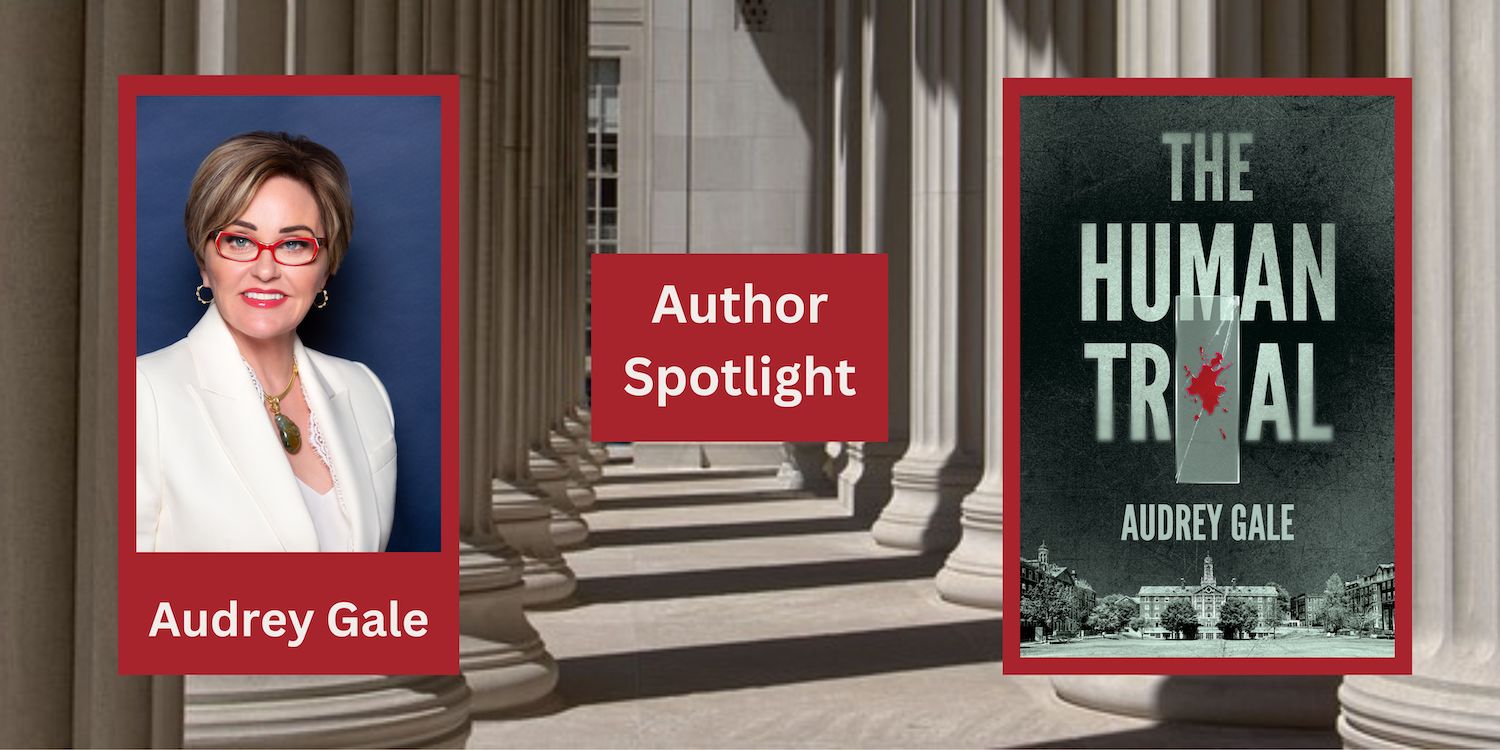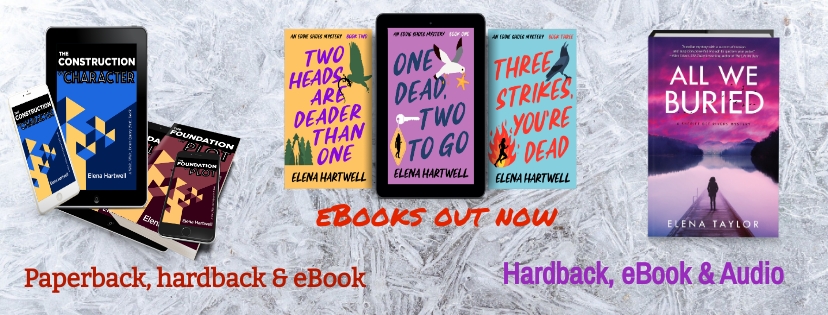The Human Trial, a medical thriller by Audrey Gale
Author Interview + Excerpt +Book & Author Info + Author Pet Corner!
Don’t miss any author interviews. Click the link here.
The Human Trial
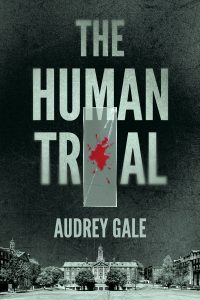 LOS ANGELES – In her latest work, “The Human Trial” (Books Fluent, Sept. 26, 2023), author Audrey Gale merges three genres: historical fiction, medical thriller and coming-of-age story, cast with imperfect, relatable characters.
LOS ANGELES – In her latest work, “The Human Trial” (Books Fluent, Sept. 26, 2023), author Audrey Gale merges three genres: historical fiction, medical thriller and coming-of-age story, cast with imperfect, relatable characters.
After an agonizing climb to earn his pathology specialty from Harvard Medical, early discoveries in the microscopic realms threaten not only Dr. Randall Archer’s hard-won place in the field of medicine, but his very life. Dr. Randall Archer has always been a misfit… …in the brutal blue-collar home where he grew up …as a 16-year-old escaping to college, then medical school, on a full scholarship to Harvard. …in the highest echelons of Boston society, where the woman he marries and the blueblood research partner with whom he shares his laboratory belong Even Archer’s brilliance as a pathologist catapults him into direct and dangerous conflict with the medical establishment he fought so hard to join.
As the Great Depression presses down around him, Archer teeters at the edge of a precipice. He must choose between his hard-won career and the sacred oaths he took as a doctor and scientist—before all his choices are lost forever.
Audrey Gale | Sept. 26. 2023 | Books Fluent
Historical Medical Thriller / Suspense / Murder Mystery
Paperback | ISBN: 978-1-953865-70-0 | $16.99
Ebook | ISBN: 978-1-953865-71-7 | $7.99
Audiobook | ISBN: 978-1-953865-72-4 | Price TBD
To purchase The Human Trial click on any of the following links: Amazon, Barnes & Noble.
Read an excerpt:
The Human Trial
Randy Archer skulked low in his seat in the overcrowded classroom, hanging his head so his black tangles concealed the angry lump on his forehead. If the bullies who enjoyed making his life a living hell caught sight of it, they’d be on him like ravenous dogs on the scent of fresh blood. Ignoring the teacher, Archer focused on hiding all signs of vulnerability. But the pretty blonde seated beside him who headed the baton twirling squad—Julie, Julia?—was struggling with the science review conducted from the front of the classroom. She mumbled her confusion under her breath. “The smallest solid particle in the universe is a-a what?”
As if he’d heard every word, Mr. Ehn singled her out. “Miss Julie,” he began, grinning as he paced through the rows of students, “there’s been quite a bit of upheaval in the scientific world of late. Recount for the class what we’ve been learning about the dramatic new hypotheses advanced by physicist Niels Bohr and others. Please stand.”
“Um,” she hedged, coming to her feet slowly as Mr. Ehn drew closer. Taking pity on her, Archer slid a note over for her to read. “Yes, Mr. Ehn,” she stalled, “yes, well, we’ve been studying, a-a new understanding . . . of the atom!” The last word gushed out with her relief as she plopped back onto her seat, mouthing a too-obvious thank-you to her seatmate.
Archer winced, knowing what was to come. On cue, the teacher called his name. “Randy Archer, you generally have a depth of knowledge that on occasion seems to elude your classmates.” That grin again as Mr. Ehn’s eyes, weirdly magnified behind thick lenses, swept the room before coming to rest on Archer. “Describe for all of us the evolution of our understanding of the miniscule atom.”
Archer could easily recite that evolution from the very beginning when the Greek Democritus invented the name centuries BC. What else could I do to avoid my family but spend long hours in the library studying? He rose carefully, moving nary a hair on his head.
For a moment, Archer considered minimizing the resentment his brain power often inspired. But, in the end, just like at home, he couldn’t hold back exhibiting his one superior trait. Father, brothers, and bullies be damned. “I believe, Mr. Ehn, you are referencing the atom, considered for centuries as ‘the basic building block of nature.’ In other words, the smallest, invisible, and indivisible solid unit in all of nature. However, in the two and-a-half decades since Thomson, in 1897, discovered particles within the atom, the first being the electron—”
“Thank you, thank you, Mr. Archer, that will do. Leave some of these sensational discoveries for your fellow fledgling scientists here to expound upon.” The instructor perused the class room for his next victim, enjoying the squirming it evoked. “Mr. McGrevey, would you care to elaborate on—”
The bell signaling the end of class clanged loudly, interrupting Mr. Ehn’s inquisition. Varsity linebacker Jimmie McGrevey, Julie’s boyfriend, led the class in clambering for the exit while Archer hung back—hoping, like any battered pugilist, that the bell would save him.
But the moment he entered the hallway, overflowing with students bantering during the short break between classes, trouble awaited.
*** Excerpt from The Human Trial by Audrey Gale. Copyright 2023 by Audrey Gale. Reproduced with permission from Audrey Gale. All rights reserved.
Interview with Audrey Gale
Before we dive into everything else, tell us about the main characters we meet in “The Human Trial.”
First is the pathologist, Dr. Randall Archer, with whom the story opens. He’s from a brutal blue collar home, which he escapes at the age of 16 by winning a scholarship to Harvard, which carries him through medical school to a pathology specialty. Archer, standing out for all the wrong reasons at Harvard, nevertheless collaborates with a blueblood physicist developing a breakthrough microscope. It offers, Archer anticipates, many advantages over others at the medical school. It also leads to Archer meeting another blueblood whom, despite its unlikeliness, he marries.
HIs collaborator is Dr. Adam Wakefield, PhD Physics, whose breakout microscope changes everything for the two men, not just in what they are able to observe, but in the increasing risk they face as, inadvertently, their findings challenge the very basis of western medical theory and practice.
Finally, Elizabeth Perrish, the sole daughter to the Brahmin Perrishes who traced their history in Boston back to its founding, is a woman ahead of her times, determined to do more than her high social ranking expects of her. Her budding relationship with Archer is the final straw which causes her to be cast from her family, penniless but undaunted, during the worsening Depression.
Are Dr. Randall Archer and Dr. Adam Wakefield based on real people?
While the two characters are inspired by real life scientists, they are a figment of my imagination. I focused more on their discoveries, which likely cost them both their lives, than on portraying the men and their actual existences with accuracy.
How did you come up with the concept of this novel?
Soon after I arrived in Los Angeles, my Golden Retriever became quite ill. I was advised multiple times to “put her down,” as 13 was a very respectable age for a big dog. But I couldn’t without turning over every stone first. I found a holistic vet who at our first meeting appeared to be practicing magic, for lack of understanding. Luckily he was very forthcoming about his medical treatments and the men upon whom they had been based.
But it was subsequently, when my dad, diagnosed with leukemia and refusing a second chemo treatment, agreed to visit my vet with me that I became hooked. The vet created a tape of sound vibrations that related through stepped-down octaves to the rate of vibration of the microbes of leukemia. It sounds like mumbo-jumbo, I know, but upon a routine follow-up with his medical doctors, they declared his case to be the “damnedest case of spontaneous remission they had ever witnessed!” My father did not die of leukemia, but years later, of pneumonia.
Tell us about your research process. Did you consult scientists and healing practitioners?
To start with, I mined information from my vet. His knowledge was sketchy about the scientists but more solid on the underlying science. After studying their efforts, I then read everything I could on physics and quantum physics, medical practice and the field, and the growing movement looking into the energetic basis of existence. For example, I own a large text called, “The Rife Handbook” by Nenah Sylver, PhD, which lists diseases and the innate frequencies of their microbial life to be used in combating them. I attended a conference on the subject where lay people like me as well as PhDs and MDs gathered to share information. I purchased a frequency generating device for home use. Finally, I worked directly with a noted physicist and pathologist who helped me put their knowledge into plain English.
You write about complex medical issues and scientific concepts in your novel – how did you go about making this subject digestible and accessible to readers?
This was by far the greatest challenge of “The Human Trial.” Specialists have exclusive language, or jargon, often Latin- or Greek-based, which makes simplifying concepts into understandable English very difficult. But with their patience and my persistence and feedback from early readers, I think we got there. You be the judge. As my goal was to have a broad range of people begin to demand new and better medical treatment, it was also essential to utilize good storytelling techniques. Thus flawed characters, a difficult time in world history during the 1930s, a love triangle, suspense, twists were essential.
Some of your characters aren’t exactly likable, yet they’re still relatable. How did you strike that balance?
A flippant answer to that point is: Like life! That is where I began, with flawed characters, much like us, then adding often unbearable pressures, to endure or not endure. That makes them relatable. I hope readers ask, what would I do in that situation? Would I be as brave or duplicitous? How would I rationalize my choices? Since we can all relate to difficult situations, even when one does not approve of a character’s choices or doesn’t like him per se, sympathy is evoked by the predicament. It’s a phrase I quite hate, but largely, “we’re all doing the best we can.”
What role do class stratification and sexism play in your novel? Why was it important to you to address those issues in your writing?
Issues of class aren’t of major importance to me, rightly or wrongly believing one can do what one set her mind to. Someone’s wealth or station has rarely intimidated me. But a short stint on Harvard’s campus did impress upon me class distinctions.
But sexism, now that’s another story! Raised with four sisters, no brothers, in a traditional home with a stay-at-home mom and bacon-bearing dad, the real world shocked me as its double standards revealed themselves. An essential part of me needs to probe sexual equality and unrecognized biases, and will undoubtedly appear in some form in all my writing.
How did your personal experiences when your father was diagnosed with leukemia bring you to recognize the shortcomings of traditional medicine? Why was it important for you to address these issues in your book?
The universe either cursed or blessed me with direct exposures to the type of energetic or energy-based healing explored in my novel. And with that, I could simply not walk away from non-invasive approaches to healing which are quick, cheap, effective, with no debilitating or life-shortening side effects, and offered more than just life extensions of months or years, but apparent cures.
It goes back to my arrival in Los Angeles with a very sick dog who many vets said to put down. Since I couldn’t without turning over every stone, I found a holistic vet who seemed to perform miracles and was forthcoming about his treatments and on whom they were based. He gave my Golden Retriever three more years to the remarkable age of 16.
But then my dad’s turnaround with leukemia. He’d refused a second chemotherapy and agreed, when I boldly offered, to visit my vet with me. Doing little more than listening to sound frequencies related to his disease-microbes’s innate vibration rates, he appeared quickly “cured.” Upon returning to his medical doctors for a routine follow-up, they proclaimed his state as “the damnedest case of spontaneous remission they’d ever seen.” He would die years later of pneumonia.
What do you hope readers will take away from your novel?
My hope for “The Human Trial” is that minds will be opened to new possibilities which have been successfully blocked for almost a century. Assuming the discoverers had what they’d tested and believed they had, millions of people have died unnecessarily in that time. I hope readers will realize that they must be their own demanding advocates within our healthcare system. We must all ask questions, demand answers and proof, read everything, talk to everyone, compare responses.
Most of all I hope that someone in the position to carry forward this science will pick up the mantle and bring its benefits to all of life.
Without giving too much away, can you give us a sneak peek at what you have planned for the rest of the series?
I’ve extensively fleshed out the second installment in the trilogy that commences with “The Human Trial.” In it, the suppression of the science and fate of the scientists carries into the 1970s, another troubled time in our history. Student activism had carried over from black power to anti-war to feminism. Everyone had a cause which often gave participants license to demonstrate, sit-in, walk-out, protest, and in a few cases, riot. The Vietnam War was coming to a humiliating ending, and Nixon was about to leave the White House, unceremoniously.
Against that backdrop, the next generation of Archers and Wakefields find themselves caught up in dangerous circumstances which first, they struggle to comprehend and then, struggle to survive.
Finally, as we ourselves struggled to cope with Covid-19, its unprecedented deaths and shutdowns, it hit me: since the science of these stories deals directly with viral disease, a current day story makes more than perfect sense. It makes it necessary. All of these multigenerational continuations also emphasize the long and successful suppression of life-saving discoveries and their enormous costs in human life, both globally and down to the very personal lives of the next generation to be caught up in it.
Author Pet Corner!
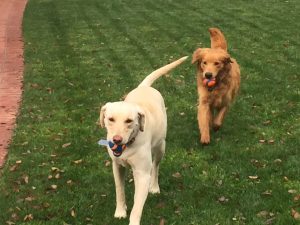
Here are our two darlings. Madison Wisconsin Johnson, the Lab, came by plane from San Antonio. From hunting lineage, she was a handful. McKinley, our Golden Retriever, was ‘rescued’ from a puppy factory. She lived her first five years in an indoor/outdoor cage until her last litter required a Cesarean and rendered her no longer useful to the factory owners. She was a mess when we got her, but her girlish figure returned almost instantly with lots of hiking and playing. She’s still quite gun-shy with people but loves all other four-legged types, including our cats, who have since departed.
Both girls are now nine years old but don’t show any age at all due to their active lifestyle. They’re best friends, except on occasion when there’s a ball in play. They have been known to try to squeeze me off of my bed when I’m sleeping. If nothing better is happening, like someone with food or the potential of a run, they will sit beneath my desk and offer inspiration as I write. We’re so lucky!
Audrey Gale, Author of The Human Trial
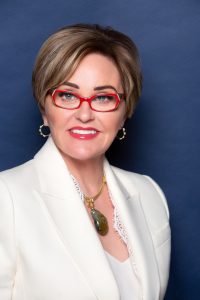 Audrey Gale long dreamed of being a writer, but never anticipated the circuitous road she’d take to get there. After twenty-plus years in the banking industry, she grew tired of corporate gamesmanship and pursued her master’s in fiction writing at the University of Southern California.
Audrey Gale long dreamed of being a writer, but never anticipated the circuitous road she’d take to get there. After twenty-plus years in the banking industry, she grew tired of corporate gamesmanship and pursued her master’s in fiction writing at the University of Southern California.
Her first novel, a legal thriller entitled The Sausage Maker’s Daughters, was published under the name A.G.S. Johnson. The novel explores one woman’s struggle to find her place amidst the upheaval of the radical 1960s.
Her second, The Human Trial, is the first book in a medical-thriller trilogy inspired by Gale’s own experiences with the gap between traditional medicine and approaches based on the findings of the great physicists of the 20th Century, like Einstein and Bohr.
Both The Sausage Maker’s Daughters and The Human Trial incorporate Gale’s fascination with historical and scientific research, and always with women finding their places. Gale lives in Los Angeles with her husband and dogs where she is found hiking the Santa Monica Mountains every chance she gets.
To learn out more about Audrey, click on her name or photo or follow her on the following sites: Facebook, Instagram.
Header Image by Walter Frehner from Pixabay

